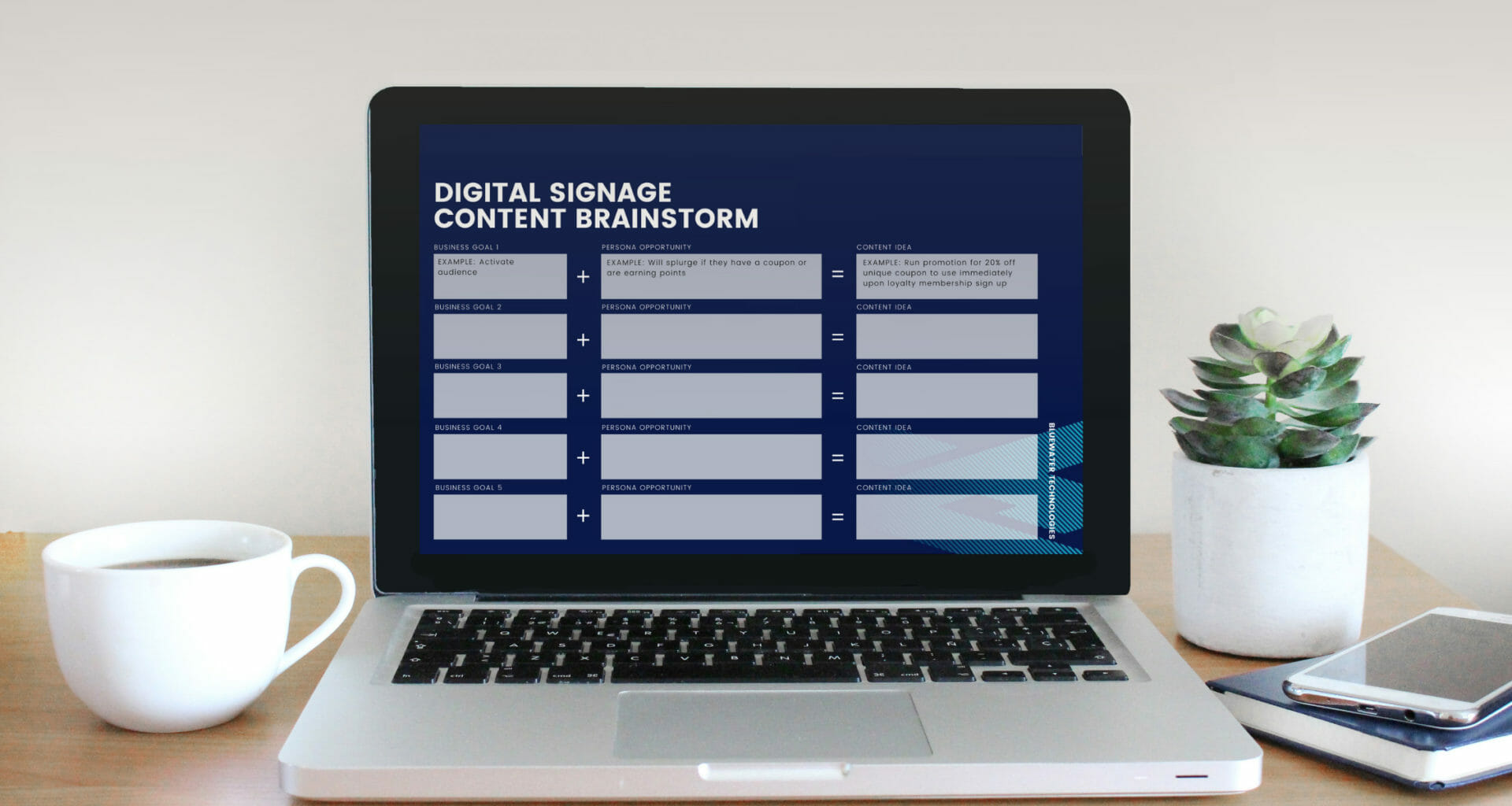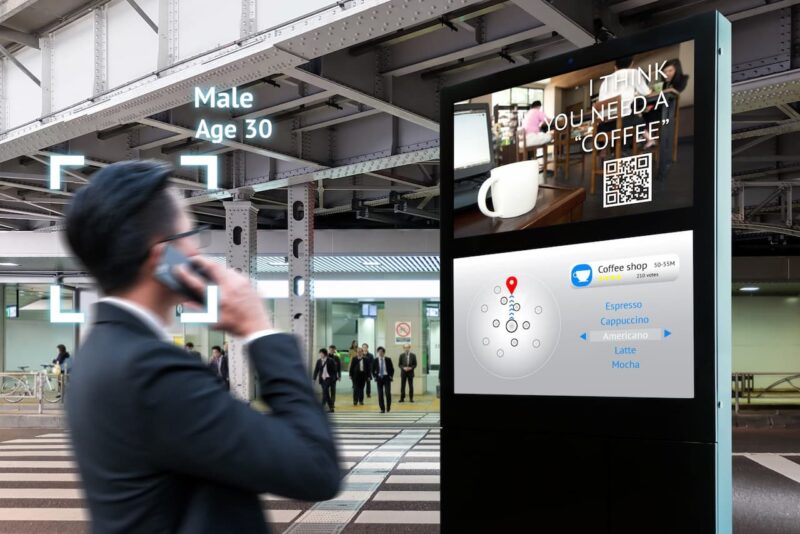Integrating traditional and digital signage has become increasingly important in the marketing world, as businesses strive to capture the attention of consumers in a crowded marketplace. By combining the tactile experience of traditional signage with the dynamic capabilities of digital displays, companies can create a powerful and captivating brand presence that resonates with their target audience.
This article will explore how to effectively blend these two forms of signage for maximum impact, drawing on the strengths of each to create a cohesive and engaging marketing strategy.
1. Creating a Seamless Transition Between Traditional and Digital Signage

Creating a seamless transition between traditional and digital signage requires a strategic approach that blends the best of both worlds. By incorporating traditional signage elements such as eye-catching graphics and bold branding with the dynamic capabilities of digital signage, businesses can create a multi-dimensional and engaging experience for customers.
Whether its integrating interactive touchscreens into traditional display areas or incorporating digital screens into existing signage structures, the key is to create a harmonious visual flow that captivates and informs. By seamlessly integrating traditional and digital signage, businesses can maximize impact and effectively communicate their message in a way that resonates with their target audience.
2. Maximizing Engagement by Combining Traditional and Digital Signage Strategies

Combining traditional and digital signage strategies can be a powerful way to maximize engagement and make a lasting impact on your audience. By incorporating elements of both mediums, businesses can create a dynamic and interactive experience that captivates viewers and encourages them to take action.
Traditional signage, such as banners and posters, offers a tangible and familiar way to grab peoples attention, while digital signage allows for dynamic content updates and interactive features that can further engage and inform viewers. By integrating these two approaches, businesses can create an immersive and memorable experience that leaves a lasting impression on their audience.
3. Leveraging the Power of Both Worlds: Integrating Traditional and Digital Signage for Optimal Results

To truly maximize the impact of your signage strategy, its essential to leverage the best of both worlds by integrating traditional and digital signage. By combining the tactile, familiar nature of traditional signage with the dynamic, interactive capabilities of digital signage, businesses can create a powerful and immersive customer experience.
Traditional signage provides a sense of authenticity and permanence, while digital signage offers flexibility and real-time updates. By strategically blending these two approaches, companies can capture the attention of their target audience, convey their message effectively, and drive engagement.
With the right balance of traditional and digital elements, businesses can optimize their signage efforts and achieve optimal results.
Conclusion
In conclusion, integrating traditional and digital signage can create a powerful and comprehensive communication strategy that reaches a wider audience and makes a lasting impact. By combining the strengths of both mediums, businesses can enhance their branding, engage customers in new and exciting ways, and ultimately drive more conversions.
By leveraging the unique advantages of traditional signage for offline interactions and the dynamic capabilities of digital signage for online engagement, companies can create a seamless and immersive experience that captures attention and fosters customer loyalty. Embracing this hybrid approach to signage can truly maximize the impact of marketing efforts and set businesses apart in todays competitive landscape.


